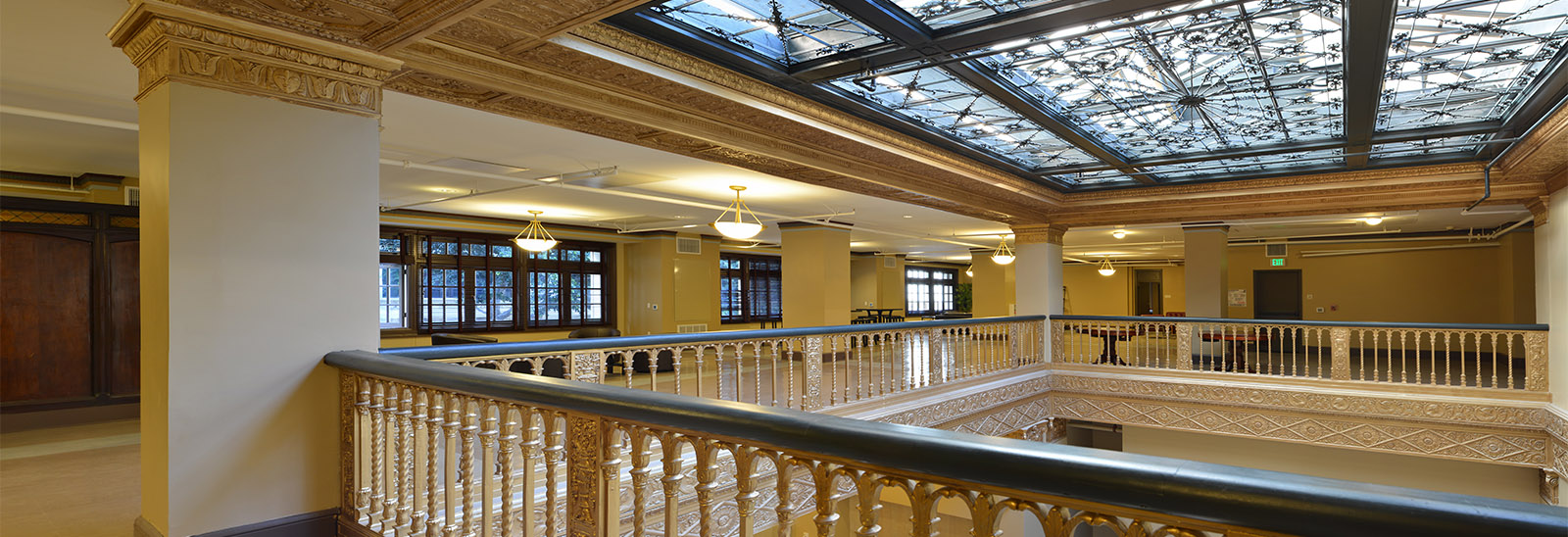June 27, 2017
Financial incentives help owners preserve and maintain their historic properties

Historic preservation has many benefits: higher property values and lower crime rates; greater civic pride and fewer environmental impacts. Historic districts also attract visitors as part of today’s booming cultural, or heritage, travel industry. “Tourism is an excellent benefit of preservation,” said Laura O’Neill, a senior architectural historian in GPA Consulting’s downtown Los Angeles office.
Bottom line: Communities that invest in historic preservation are reaping the rewards of reinvestment into their neighborhoods.
However, rehabilitating or even maintaining historic buildings or districts can be a daunting prospect for most property owners. Fortunately, federal, state, and local officials realize just how economically and socially beneficial these properties are, and offer incentive programs to help owners preserve and maintain their properties for the sake of all. “The Federal Rehabilitation Tax Credit can help reactivate urban areas,” O’Neill said.
The Federal Rehabilitation Tax Credit is a dollar-for-dollar reduction of income tax liability, and by offering this program the federal government promotes private investment in historic buildings. To qualify for this tax credit, however, the building must be a certified historic structure, either individually or as part of a historic district listed in the National Register of Historic Places. The rehabilitation project must be substantial, and it must be done in accordance with the Secretary of the Interior’s Standards.
The Federal Rehabilitation Tax Credit is just one option for property owners, O’Neill said. The state of California offers a tax incentive program that helps with the rehabilitation and maintenance of historic properties. The Mills Act, enacted by the state Legislature in 1972, is administered on the local level and participation is optional for cities and counties. Many cities in Southern California have adopted the Mills Act, but not every city and county in the state has.
The Mills Act leads to lower property tax revenues for the jurisdiction, O’Neill explained. “The way [the Mills Act] is intended to work, is that the city grants the contract, then the property owner uses the savings to spend on rehabilitating and maintaining the property,” she said, adding that some cities are wary of granting too many contracts.
The incentive for the adoption of the Mills Act, then, is community stabilization. Fostering preservation can revitalize communities, O’Neill said. Some cities incorporate historic preservation into their general plans as a revitalization tool, which attracts tourism dollars and other private investments. Therefore, the benefits of the Mills Act are indirect for the city participating in it. “It’s a cumulative effect,” O’Neill said.
Owners of historic properties could also qualify for other federally or privately funded grants or programs. The National Park Service, which administers the Federal Rehabilitation Tax Credit, also offers state, tribal, and local grants, as well as easements. The National Trust for Historic Preservation offers grants that are primarily offered for planning preservation projects but provides some funds for preservation work. State Historic Preservation Offices around the country may also offer anything from tax incentives, easements, and grants to technical assistance and educational programs.
While the criteria for eligibility varies for each program, one requirement that resonates throughout is whether the property has enough significance to meet national, state, or local landmark eligibility. “To receive the Federal Rehabilitation Tax Credit, the property must be listed on the National Register,” O’Neill said. “To qualify for the Mills Act, the property can have either a state or local designation.”
To determine whether a property is designated or eligible for historic designation, and therefore potentially eligible for financial incentives, O’Neill said the best place to start is at the local Planning Department. City and county Planning Departments maintain a list of historic properties within its particular jurisdiction. “This is a good place to start,” O’Neill said. “If the property is not already identified, you can do some research on your own or hire a historic preservation consulting firm, like us, to help.”
Laura O’Neill is a senior architectural historian with GPA Consulting. She has worked in the field of historic preservation since 2006 on a wide variety of project types, including Section 106 reviews, California Environmental Quality Act reviews, Federal Rehabilitation Tax Credit projects, historic structure reports, design guidelines, and national, state, and local landmark nominations.
Top Photo: The recently rehabilitated second floor skylight at the Rosslyn Hotel Apartments. Photo by Justin Micheli, M2A Architects.